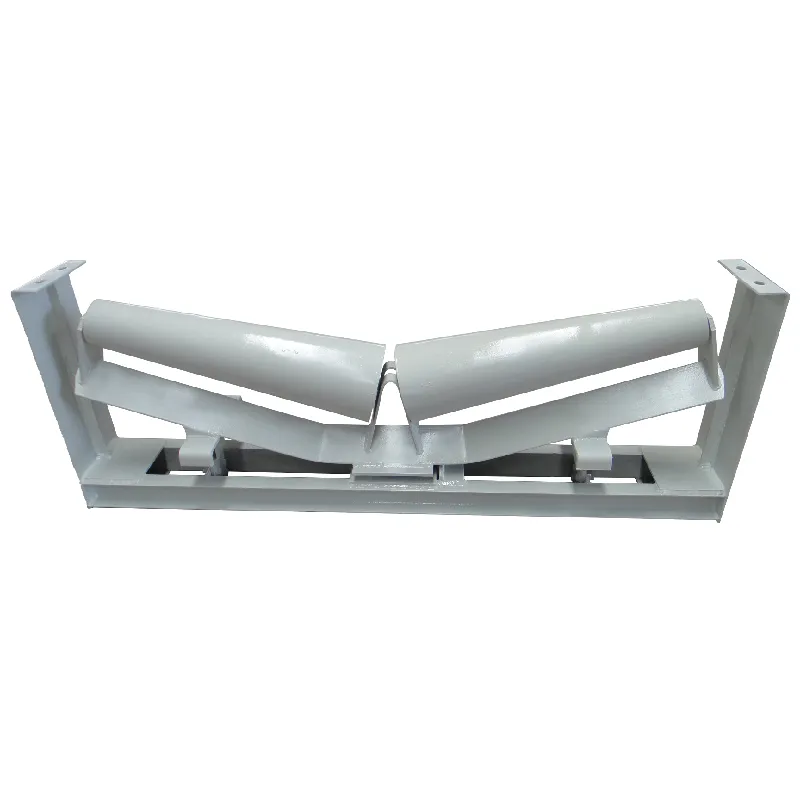 Afrikaans
Afrikaans  Albanian
Albanian  Amharic
Amharic  Arabic
Arabic  Armenian
Armenian  Azerbaijani
Azerbaijani  Basque
Basque  Belarusian
Belarusian  Bengali
Bengali  Bosnian
Bosnian  Bulgarian
Bulgarian  Catalan
Catalan  Cebuano
Cebuano  Corsican
Corsican  Croatian
Croatian  Czech
Czech  Danish
Danish  Dutch
Dutch  English
English  Esperanto
Esperanto  Estonian
Estonian  Finnish
Finnish  French
French  Frisian
Frisian  Galician
Galician  Georgian
Georgian  German
German  Greek
Greek  Gujarati
Gujarati  Haitian Creole
Haitian Creole  hausa
hausa  hawaiian
hawaiian  Hebrew
Hebrew  Hindi
Hindi  Miao
Miao  Hungarian
Hungarian  Icelandic
Icelandic  igbo
igbo  Indonesian
Indonesian  irish
irish  Italian
Italian  Japanese
Japanese  Javanese
Javanese  Kannada
Kannada  kazakh
kazakh  Khmer
Khmer  Rwandese
Rwandese  Korean
Korean  Kurdish
Kurdish  Kyrgyz
Kyrgyz  Lao
Lao  Latin
Latin  Latvian
Latvian  Lithuanian
Lithuanian  Luxembourgish
Luxembourgish  Macedonian
Macedonian  Malgashi
Malgashi  Malay
Malay  Malayalam
Malayalam  Maltese
Maltese  Maori
Maori  Marathi
Marathi  Mongolian
Mongolian  Myanmar
Myanmar  Nepali
Nepali  Norwegian
Norwegian  Norwegian
Norwegian  Occitan
Occitan  Pashto
Pashto  Persian
Persian  Polish
Polish  Portuguese
Portuguese  Punjabi
Punjabi  Romanian
Romanian  Russian
Russian  Samoan
Samoan  Scottish Gaelic
Scottish Gaelic  Serbian
Serbian  Sesotho
Sesotho  Shona
Shona  Sindhi
Sindhi  Sinhala
Sinhala  Slovak
Slovak  Slovenian
Slovenian  Somali
Somali  Spanish
Spanish  Sundanese
Sundanese  Swahili
Swahili  Swedish
Swedish  Tagalog
Tagalog  Tajik
Tajik  Tamil
Tamil  Tatar
Tatar  Telugu
Telugu  Thai
Thai  Turkish
Turkish  Turkmen
Turkmen  Ukrainian
Ukrainian  Urdu
Urdu  Uighur
Uighur  Uzbek
Uzbek  Vietnamese
Vietnamese  Welsh
Welsh  Bantu
Bantu  Yiddish
Yiddish  Yoruba
Yoruba  Zulu
Zulu take up pulley
Understanding the Take-Up Pulley A Vital Component in Mechanical Systems
In the world of engineering and mechanical design, few components play as critical a role in ensuring operational efficiency as the take-up pulley. This seemingly simple device is essential for maintaining proper tension in conveyor systems, belt drives, and various machinery setups. By exploring the functionality, benefits, and applications of take-up pulleys, we can gain a clearer understanding of their importance in industrial and commercial settings.
What is a Take-Up Pulley?
A take-up pulley is a mechanical component used to manage the tension of a belt or cable system. It is typically found in setups where long belts or cables are utilized, such as in conveyors, elevators, and various types of machinery. The primary function of the take-up pulley is to adjust the tension in a belt or cable to prevent slippage, ensure smooth operation, and extend the lifespan of the components.
These pulleys can be adjustable or fixed, depending on the design of the system. Adjustable take-up pulleys give operators the ability to fine-tune the tension, accommodating wear and tear that naturally occurs over time. This adjustability is crucial, as improper tension can lead to a host of problems, including reduced efficiency, increased wear on components, and potential failure of the entire system.
The Working Principle
The operation of a take-up pulley is straightforward yet efficient. Typically mounted on a frame, the pulley is positioned in line with the belt or cable. As the belt runs, any elongation due to wear or load can lead to a drop in tension. The take-up pulley resolves this issue by providing a means to adjust the belt's path. When the belt stretches, the pulley can be repositioned to take up the slack, thereby restoring optimal tension.
Most take-up systems use a combination of gravity and spring tension. In gravity take-up systems, the pulley is suspended and can fall slightly to take up slack in the belt. In spring-loaded systems, tension is maintained by springs that keep the pulley under tension, allowing for easier adjustments.
Advantages of Using Take-Up Pulleys
take up pulley

1. Enhanced Performance Maintaining appropriate tension in a belt drive or conveyor system is crucial for performance. A take-up pulley minimizes slippage and misalignment, ensuring that machinery operates smoothly.
2. Increased Longevity of Components Proper tension helps reduce wear and tear on belts and pulleys, extending their operational life. This can lead to significant cost savings in terms of replacements and maintenance.
3. Reduced Downtime By facilitating easy adjustments, take-up pulleys can minimize the time spent on maintenance. Operators can quickly restore tension without extensive disassembly, keeping operations running efficiently.
4. Versatility Across Applications Take-up pulleys are not confined to a single application. From mining and manufacturing to transportation and packaging, these components can be adapted to various environments and systems, making them essential in many industries.
Applications of Take-Up Pulleys
Take-up pulleys are used in a variety of applications, reflecting their versatile nature. In manufacturing, they are crucial for conveyor systems that transport goods from one station to another. Similarly, in mining operations, they help in the transportation of materials across conveyor belts. Additionally, they find use in packaging machinery where consistent tension is necessary for the accurate placement of goods.
Moreover, take-up pulleys are integral in the textile industry, where they maintain the tension of fabric conveyors. In elevators, they ensure the smooth operation of lift cables, providing safety and reliability.
Conclusion
In conclusion, while take-up pulleys may appear as minor components in the grand scheme of engineering, their contribution is undeniably significant. By ensuring proper tension in belt and cable systems, they enhance performance, reduce the risk of mechanical failure, and prolong the life of critical machinery components. As industries evolve and seek greater efficiency, the role of take-up pulleys will likely continue to grow, proving that even the simplest devices can have a substantial impact on operational success. Understanding their functionality and applications can help engineers and operators optimize their systems and maintain smooth, efficient operations in various applications.
-
Revolutionizing Conveyor Reliability with Advanced Rubber Lagging PulleysNewsJul.22,2025
-
Powering Precision and Durability with Expert Manufacturers of Conveyor ComponentsNewsJul.22,2025
-
Optimizing Conveyor Systems with Advanced Conveyor AccessoriesNewsJul.22,2025
-
Maximize Conveyor Efficiency with Quality Conveyor Idler PulleysNewsJul.22,2025
-
Future-Proof Your Conveyor System with High-Performance Polyurethane RollerNewsJul.22,2025
-
Driving Efficiency Forward with Quality Idlers and RollersNewsJul.22,2025





























